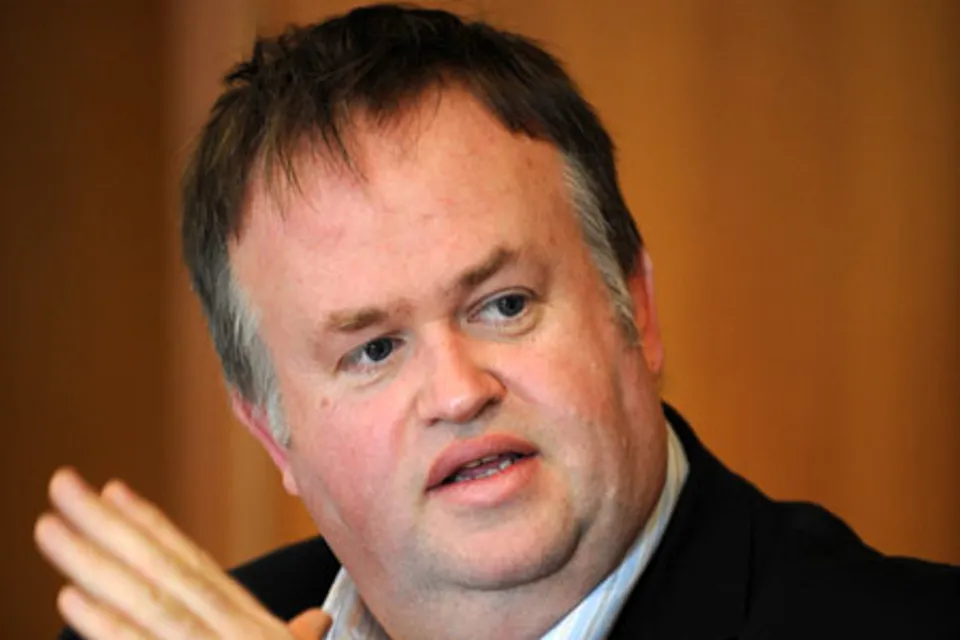“If you’ve got it all bundled together in a contract hire figure and that’s set for five years there’s not a lot you can do about that number,” says Landy.
“It’s a number on day one and it’s a number at the end of the 60th month.
“What we have is a model that can be quite dynamic. So if there’s a component part of that overall number that doesn’t work anymore we’ve got the ability to change it.
“We could, for example, switch tyre supplier if a better deal was available.”
The cost of repairing vehicles has reduced year-on-year since UTL began running the fleet.
“We carefully monitor the repair,” says Landy. “We scrutinise any estimates.
“We make sure that the right parts are being fitted and parts are not being fitted that don’t need to be fitted.”
Downtime can be a challenge as the vans are wrapped in the eye-catching, recognisable livery of popular Sky network shows, such as The Simpsons.
“The image of the van is really important,” says Landy. “If you paint a panel you can’t just put the sticker straight on it.
“You have to let the paint cure properly so there is a small amount of stand time which impacts on our off-the-road time.
“But downtime is kept to a minimum now and we’ve been able to reduce the support fleet that is in place to back fill for accident-damaged vehicles by about 20%.”
Now that UTL is looking for leasing companies to only provide vehicle funding, it can shop around for the best deal on price and service. It currently sources vehicles from three funding providers.
A new manufacturer (Volkswagen) has also been introduced to the fleet following an “exhaustive” tender involving user testing and wholelife cost modelling.
This led UTL to proactively review sizing options for Sky resulting in a decision to to downsize from the Volkswagen Transporter to the Caddy Maxi, which brings a 20% saving on fuel and CO2 emissions.
This is in keeping with Sky’s 2020 environmental target – a 15% reduction in CO2 per van between 2010 and 2020.
So far it is operating 114 Caddy Maxis but that number could increase to meet the CO2 targets.



















Login to comment
Comments
No comments have been made yet.